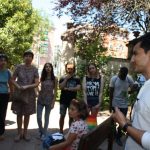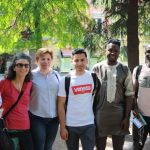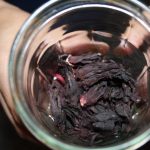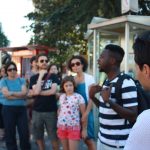Migrantour Pavia
Celts and Ligurians placed the first settlements near the river, the Romans later gave it the characteristic plant with thistle and decumanus, the Lombards elected it as capital of the Kingdom. Città delle Cento Torri in medieval times, it houses one of the oldest universities in Italy that has always attracted officials from the realms, scholars and writers from all over the world and today maintains academic and cultural ties with European and world universities. Land of rivers, the Po and the Ticino that meet only 5 km from the city, Pavia was in the passage of goods, people, pilgrims and travelers who crossed the Via Francigena from which it is crossed, to reach the eternal city. Ticinum, Papia, Pavia are the names of a city that has always been affected by migrations and invasions that have made it what it is today. Ticino is a source of life, of stories and of work for generations, marks the soul of the Pavesi, and retains its precious role as a place of aggregation and leisure for old and new citizens who use the spaces greens that surround the banks. Pavia, which appears sly, lying on the left bank of Ticino, immersed in the fog as in the images of Lattuada in the film The Coat, has welcomed migrations from southern Italy in the 50-60 years, people looking for a job in local industries, rice fields, in the kilns or as laborers in the fields and today welcomes new migrations. There are currently 10,115 foreign citizens (14%), mainly from Romania, Ukraine and Albania, with a substantial presence also from the Dominican Republic and Egypt. The city also hosts about 1,800 university students (8% of the total) from all over the world and 23 different religious communities organized in formal or informal places of worship.
Info
MIGRANTOUR INTERCULTURAL WALKS ARE NOT CURRENTLY AVAILABLE IN PAVIA
From 2018 to 2020 the Migrantour project was developed in Pavia by
Coop Soc Progetto Con-Tatto








